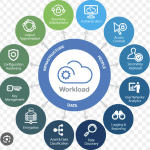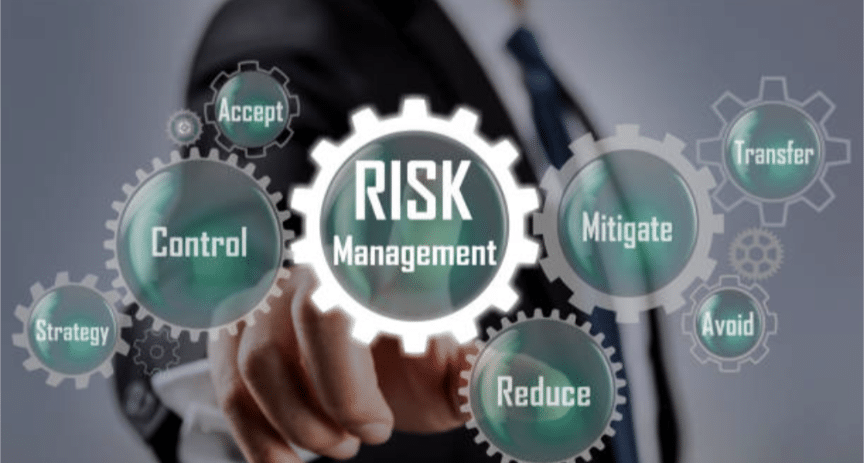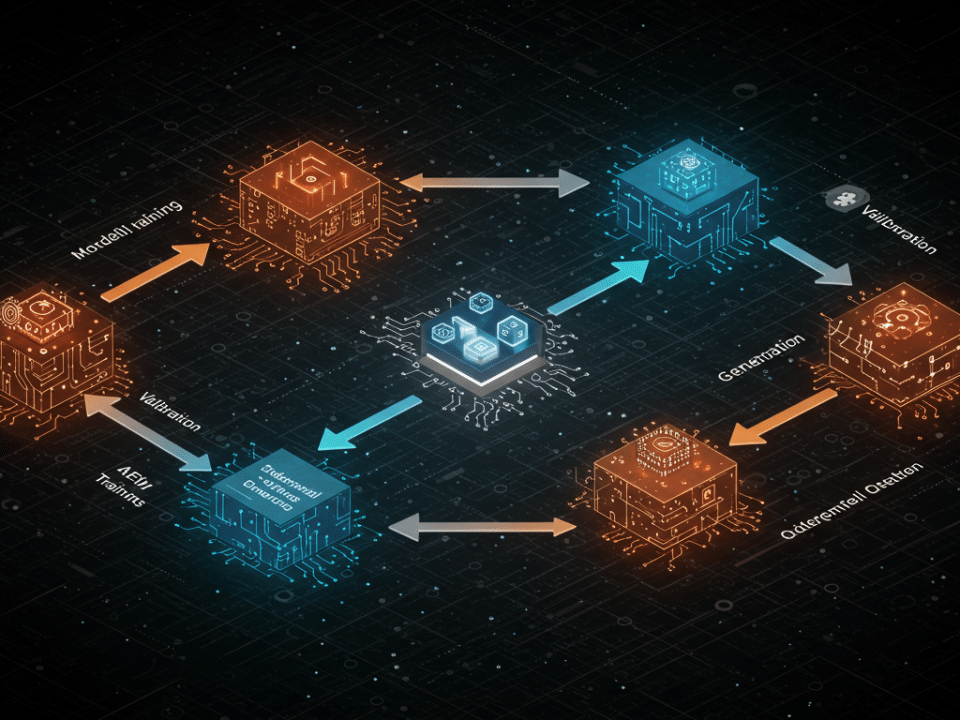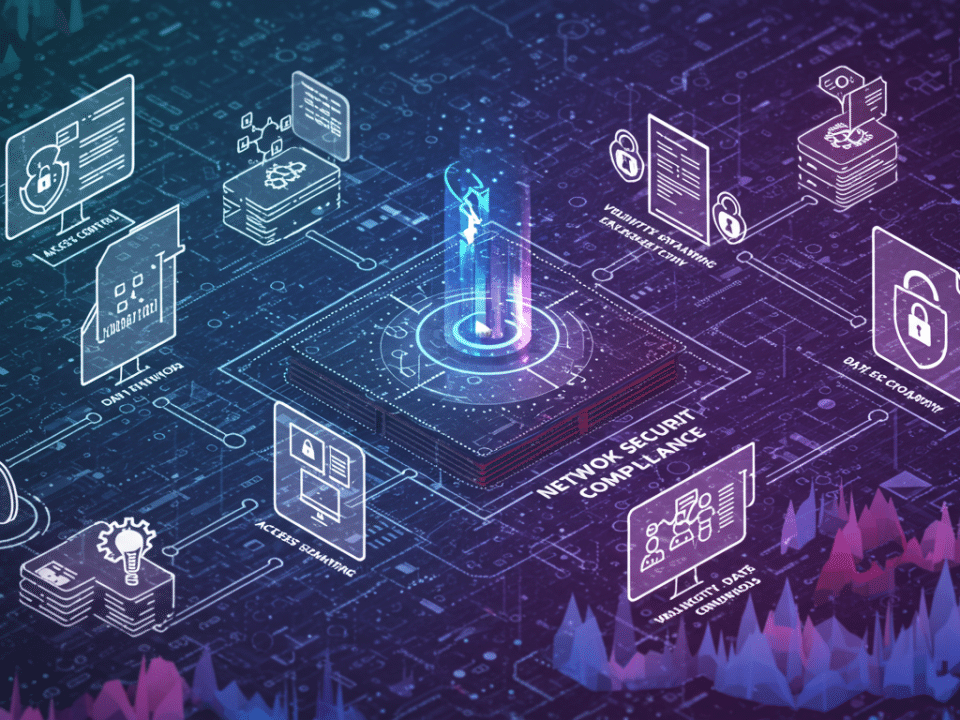
Cloud security: A must-know for businesses of all sizes
September 16, 2023
Cloud security: A top priority for businesses in 2023
September 18, 2023What is IT risk management?
IT risk management is the process of identifying, assessing, mitigating, and monitoring IT risks. IT risks are any threats to your organization’s IT systems and data. These threats can come from a variety of sources, including cyberattacks, human error, and natural disasters.
Why is IT risk management important for SMBs?
IT risk management is important for all organizations, but it is especially important for SMBs. SMBs are often more vulnerable to cyberattacks than larger organizations because they may have fewer resources to invest in IT security. Additionally, SMBs may be more likely to rely on third-party vendors, which can increase their risk of supply chain attacks.
Benefits of IT risk management
There are many benefits to implementing an IT risk management program, including:
– Reduced risk of cyberattacks and other IT incidents
– Improved compliance with regulations
– Increased employee confidence
– Protected brand reputation
– Reduced financial losses
How to implement an IT risk management program
There are a few steps that you can take to implement an IT risk management program:
1. Identify your IT assets. What IT systems and data does your organization have?
2. Identify IT risks. What threats could impact your IT assets?
3. Assess IT risks. How likely are each of the identified risks to occur? What would be the impact on your organization if each risk did occur?
4. Mitigate IT risks. Implement controls to reduce the likelihood and impact of IT risks.
5. Monitor IT risks. Monitor your IT systems and networks for suspicious activity.
6. Review and update your IT risk management program regularly.
IT risk management is essential for all organizations, but it is especially important for SMBs. By implementing an IT risk management program, SMBs can reduce their risk of cyberattacks and other IT incidents, improve their compliance with regulations, and protect their brand reputation.
Additional tips for SMBs:
– Start small:
You don’t need to implement a comprehensive IT risk management program all at once. Start by identifying and mitigating the most critical risks.
– Use a risk management framework:
There are a number of risk management frameworks available, such as ISO/IEC 27005 and NIST Cybersecurity Framework. These frameworks can help you to structure your IT risk management program.
– Get help from a professional:
If you need help implementing an IT risk management program, consider hiring a consultant or managed service provider.
#ITriskmanagement #SMB #cybersecurity #dataprotection #informationsecurity #networksecurity




